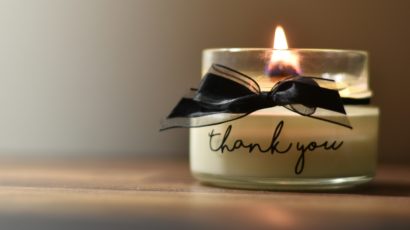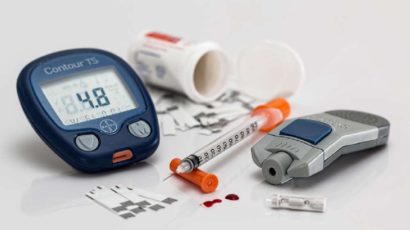Posted by Dr Michelle Wright
Welcome to Health Matters. Dr Michelle Wright here with your weekly look at all things medical.
Today, talking about a recent health-related regulatory change. As of 1 September 2025, the EU and Switzerland have prohibited the sale and use of any cosmetics containing Tri-methyl-benzoyl Diphenyl-phosphine Oxide – or TPO for short.
This rule stems from a new classification of TPO as a Category 1B reproductive toxicant, meaning it’s suspected of harming fertility and development.
So, nail salons and manufacturers must now remove TPO-based polishes from their inventory and reformulate their products with safer alternatives.
What is TPO and why was it banned?
TPO is used as a photoinitiator in gel nail polish. It helps the polish harden quickly when exposed to UV or LED light.
Studies in animals showed that TPO could affect fertility or foetal development, which raised concern enough for regulators to act.
That said, the actual evidence of harm in humans is very limited. Experts caution that the exposure levels during a normal gel manicure are likely far below the levels used in animal studies. Some suggest the ban is a precautionary move rather than a response to demonstrated harm.
Are there other risks with gel polish?
But TPO isn’t the only thing we should be aware of when it comes to gel polish. There are a few other risks worth mentioning, especially for people who get manicures regularly or for those working in salons every day.
One concern is allergies. Gel polish often contains acrylates, and repeated exposure can sometimes lead to allergy. For most people, that might just mean irritated skin around the nails. In some cases, it can be more serious. Because acrylates are also used in medical adhesives and even joint replacements, developing an allergy could make certain medical treatments more complicated later on.
Another issue is nail health itself. The combination of curing and then removing gel polish over and over can take a toll. Nails can become thin, brittle, and more likely to peel or crack if they’re not given a chance to recover in between manicures.
What about UV light exposure?
There’s also the question of UV light. The lamps used to cure gel nails do give off ultraviolet radiation. For the occasional manicure, the risk is small, but with regular exposure over many years, it can add up. This contributes to premature aging of the skin, and possibly a slightly higher skin cancer risk if no protection is used.
And finally, it’s not just clients who are exposed. For salon workers who handle these products every day, there’s a cumulative effect. Chemical vapours, nail dust, and frequent UV-light exposure all increase the potential risks. That’s why proper ventilation, masks, and protective gloves are so important in professional settings.
So, the bottom line, what should you do?
- If you use gel polish regularly, ask your nail technician whether the products are TPO-free or reformulated in response to the new EU regulations.
- Consider taking longer “breaks” between gel manicures – give your nails time to recover naturally.
- Use protective measures: apply broad-spectrum sunscreen to your hands or wear fingerless gloves during curing to reduce UV exposure.
- And if you’re a frequent salon user or a technician, ventilation, protective gloves, and limiting exposure may help reduce long-term risks.
If you love the look of gel nails, it doesn’t necessarily mean completely giving them up. But this regulation reminds us that “safe” is a moving target – it depends on what ingredients are used, how often, and how carefully we take care of our skin and nails.





